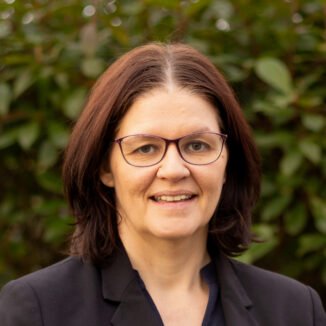System recovers energy from sewer water to heat and cool homes
The City of Sudbury has given the go-ahead for a greenfield residential development to install a new type of concrete sewer and wastewater pipe that captures thermal energy both from the surrounding soil and effluent that passes through the conduit.
The invention is called the @Source-Energy Pipe, developed by Renewable Resource Recovery Corporation (RRRC), a Sudbury company that has a patent pending on the design.
The re-enforced pre-cast concrete pipe, manufactured by Rainbow Concrete Industries, is lined with geothermal piping channels which carry a mixture of 30 per cent ethanol in water. The pipes are traditionally installed, with exterior connectors joining up the energy recovery system. These channels are hooked to a heat pump located inside each building serviced by the system.
The larger the concrete pipe, the more heat it can potentially conduct. Preliminary test results show that 100 feet of pipe eight-to 12 inches in diameter has an energy capacity of 40,000 BTUs per hour, while a similar length of pipe 26 to 30 inches in diameter has an energy capacity of 90,000 BTUs per hour. In summer, the system can be used for air conditioning by drawing on the cooler effluent and surrounding soil. That translates into potential year-round energy cost savings of between 10 and 20 per cent.
Boris Naneff is one of the forces behind the invention, wearing three significant hats. He’s one of the developers of the product, owns Rainbow Concrete Industries, and is the developer of Naneff Gardens, the 18-lot Sudbury subdivision that will serve as the invention’s pilot project.
Naneff says he’s putting his money where his mouth is, using his own development be the first to demonstrate the concept.
“It’s essentially a geo-thermal system that’s installed without deep drilling, or without installing an extensive underground system,” he says.
“Because you have to lay sewer pipe anyway, there’s no additional cost in installing it.”
The new subdivision will be carefully monitored to determine actual energy savings.
“We’ve got to give a lot of credit to the City of Sudbury and Mayor John Rodriguez,” says Naneff.
“The city and the local utility will eventually assume the infrastructure, so they were involved in the project from the start.”
Other partners in RRRC include Robert Mancini, a geothermal energy consultant, John Hood, an instructor at Cambrian College, and Les Lisk, a renewable energy educator.
The quartet met at an energy conference about three years ago and developed the invention together.
The inventors recently received word from the Ontario Ministry of Education that the @Source-Energy Pipe qualifies for its Green Schools Pilot Initiative, which will clear the way for up to 200 of the province’s schools to demonstrate the viability of various green technologies.
For larger homes, businesses or institutional applications, the system could be supplemented with an additional geothermal well that could be looped into the system, says Naneff.
The new technology is also trading on its low carbon footprint, based on the durability of concrete and reductions in fuel use.
“A typical home using the system would result in a greenhouse gas reduction the equivalent of taking three cars off the road,” says Lisk.
“If every home in Sudbury used the system, it would be like taking 260,000 vehicles off the road. It actually has a negative carbon footprint.”
Share your industry press now!
Are you a PR agency or sustainability-focused organization? Join the World of Renewables network FREE today and gain exclusive access to our platform to promote your business, share the latest industry news, and connect with a global audience of 700,000+ renewable energy professionals.
Register Now to start posting your updates and showcase your expertise to a highly engaged, environmentally-conscious community.
Find out more about our Content Partnership Programs.*2024 AWARD WINNER* Websites & Mobile Sites, Webby Winner, Peoples Voice 2024















